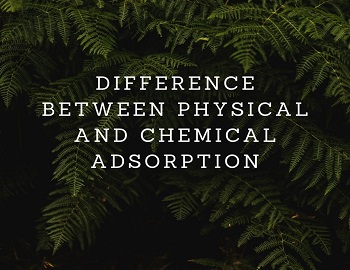Important Antibiotics & their Uses:
The term antibiotic has been derived from the word ‘antibiosis‘ which according to the biology concept means survival of the fittest i.e. a process in which one organism may destroy another to preserve itself. Thus, antibiotics are those chemical substances which are produced by certain micro-organisms such as bacteria, fungi, moulds, etc. and are capable of inhibiting the growth or even destroying the micro-organisms responsible for causing infections in human beings.
The term antibiotic was first introduced by Vuillemin (1889).
An ideal antibiotic should have following characteristics-
- It must be effective against a pathogen.
- It must not cause significant toxic side-effects.
- It must be effective at low concentrations.
- It must antagonize the growth and survival of one or more species of the micro-organisms.
- Its stability must be appreciably high.
- It could be stored for a long time.
- It should be completely eliminated from the system.
The first antibiotic was discovered by Alexander Fleming (1928). It was Penicillin from the mould Penicillium notatum.
Some important antibiotics and their uses are-
- Penicillin– Penicillin may be used against infections caused by various cocci and gram-positive bacteria. It is a very effective drug for pneumonia, bronchitis, sore throat, and abscesses.
- Chloramphenicol– It is a broad-spectrum antibiotic which was first isolated from a species of streptomyces in 1947. Chloramphenicol is readily absorbed from the gastrointestinal tract. It can be given orally. It is effective in typhoid, dysentery, acute fever meningitis, pneumonia, and certain urinary infections.
- Tetracycline– The tetracycline antibiotics contain a hydronaphthacene skeleton as a characteristic structural unit. Tetracyclines are active against the majority of gram-positive organisms, some gram-negative bacteria, mycoplasma, and virus infection.
- Polyene– It is a broad-spectrum antibiotic and injected venously. It is used against systematic infections caused by fungi.
- Streptomycin– It is used specifically for the treatment of Tuberculosis.
- Ampicillin and Amoxycillin– They are semi-synthetic modifications of Penicillin which are used for the treatment of respiratory and gastrointestinal infections.









Comments (No)